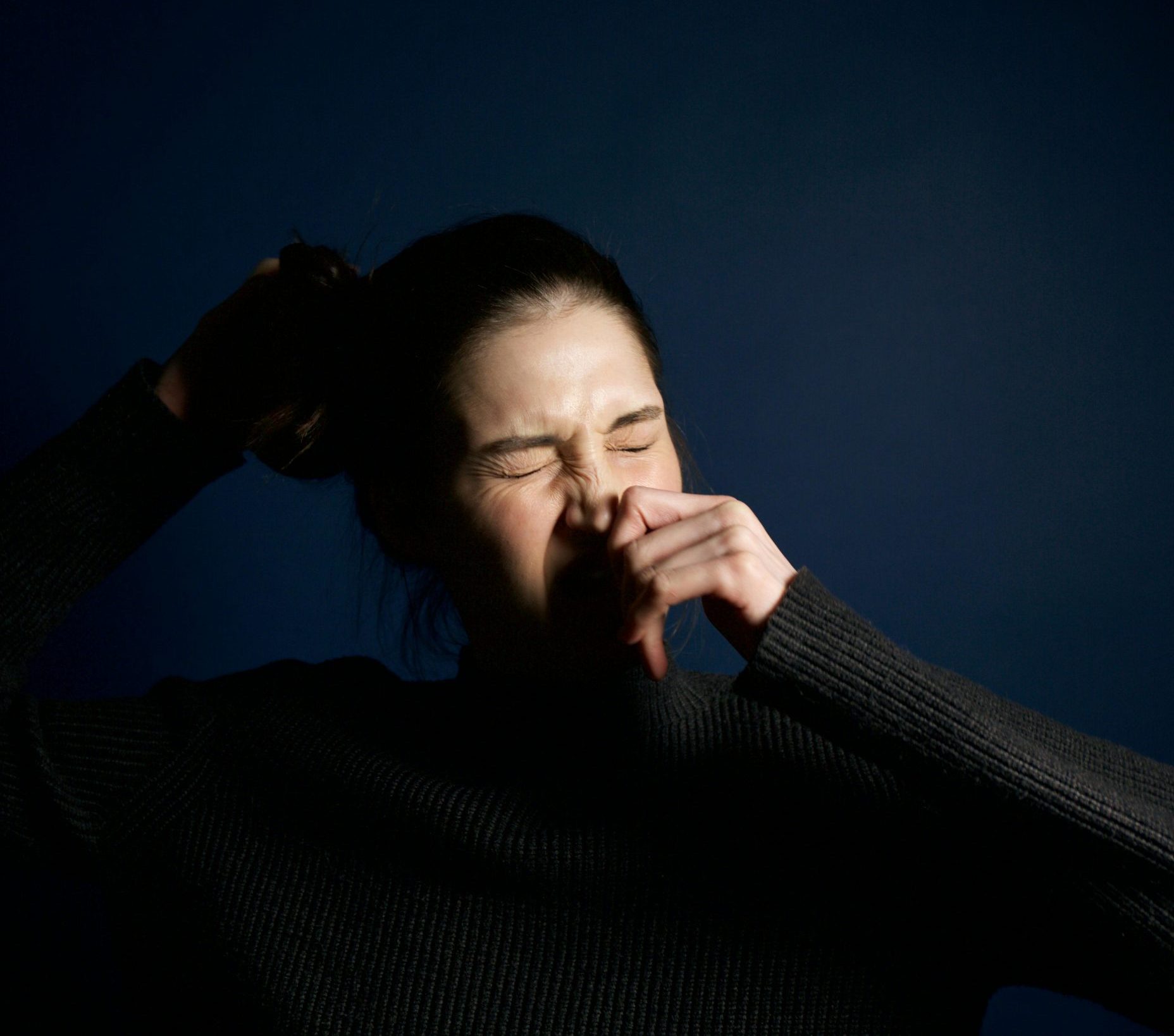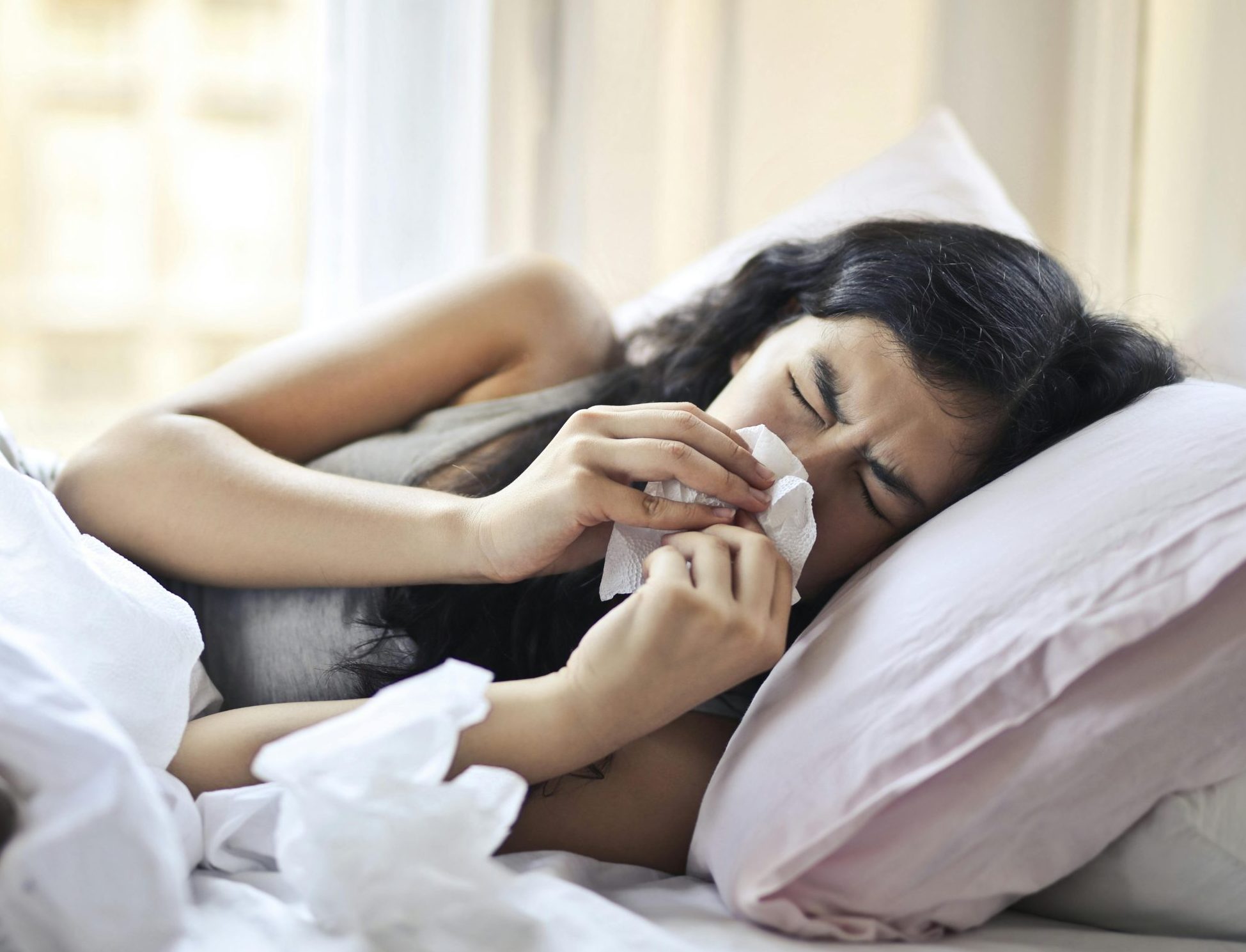Are you suffering from ‘insneezia?’ Here are some tips on how to sleep better during hay fever season.
For the more than 20 million South Africans who suffer from allergies triggered by pollen, the coming spring season means only one thing – sneezing, sneezing and then some more.
Are you suffering from ‘insneezia?’
The onset of spring and plant flowering is a miserable time for people susceptible to allergies. And now, new research from the National Wildlife Federation in the US is showing that climate change is having quite a dramatic impact on seasonal allergies. The NWF says spring happens about 10 to 14 days earlier every year due to climate change, and pollen levels are higher than ever before.
Allergens are thriving
Warming temperatures and other environmental factors mean allergens are thriving for longer periods and are produced at higher rates.

Trever Brewer, director of air treatment specialist, Solenco, says many allergy sufferers experience worsening symptoms at night, which can lead to insomnia, or ‘insneezia,’ a combination of not sleeping and sneezing – a condition that plagues about two-thirds of hay fever sufferers.
Higher pollen levels
Although higher pollen levels usually occur during the daytime, research over the past few years shows that there are elevated concentrations of certain airborne pollens at night, Brewer says.

Insneezia is usually the result of pollen that rises into the lower atmosphere during the day and then falls back to the ground as the temperature drops in the evening. Hay fever symptoms are the primary contributor to disrupted sleep and daytime drowsiness. Sleep disturbances affect about 88% of children who suffer from hay fever and between 48% to 68% of adult sufferers.
READ MORE: Top 10 ways to avoid the dreaded flu as winter approaches
Tips from Solenco for managing your hay fever symptoms:
- Allergy-proof your home: Keep doors and windows closed in the early morning and at night, this is when pollen counts are highest. Wipe counters with a wet cloth to remove pollen and have a shower before you go to bed, this way you wash off accumulated pollen.
- Look at what you plant in your garden: The most allergenic pollen in South Africa comes from plants that are not indigenous but have been introduced, like plane and oak trees from the Northern Hemisphere. Rather plant indigenous trees and shrubs to further reduce your exposure to pollen.
- Invest in technology to help clean the air in your home. A good quality air purifier can go a long way towards removing pollen and other allergens from within your home. Look for one with a HEPA Filter and a 4-stage purification system. A humidifier with a built-in or optional air purification filter is best if you live in a dry area. Look for energy-efficient technology so that you can keep energy costs lower.
“Although hay fever sufferers will never quite escape the effects of pollen, there are ways of limiting the effect of this allergy on their quality of life and their quality of sleep. If you’re considering going the medication route, it’s best to consult a doctor,” says Brewer.
Brewer says the ‘gold standard’ in air purification technology is called HEPA and the 24-karat solution is an H13 HEPA filter which will remove 99.8% of particles which are too small to even see.
READ MORE: Why Do We Sneeze? Everything You Need to Know




